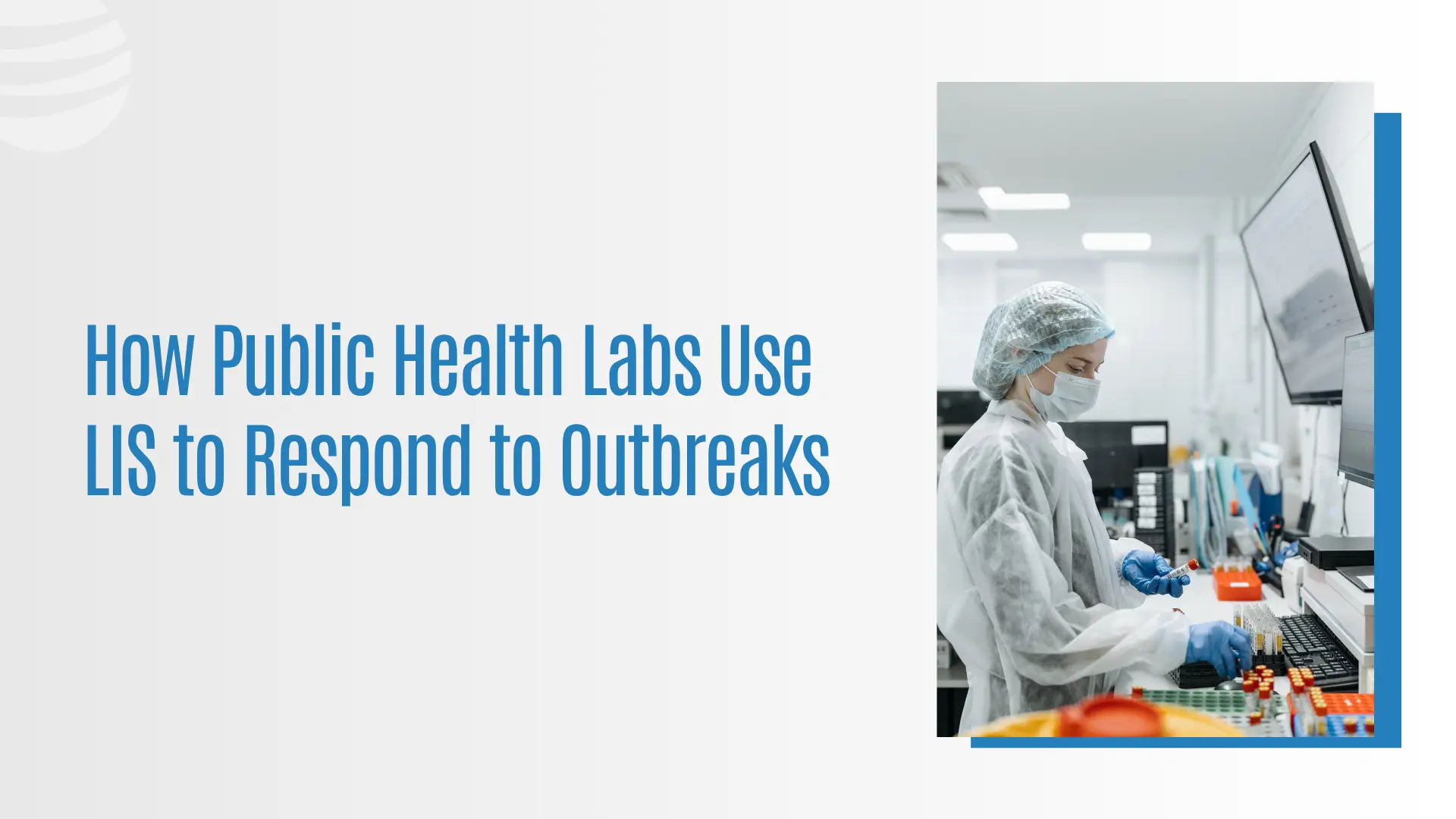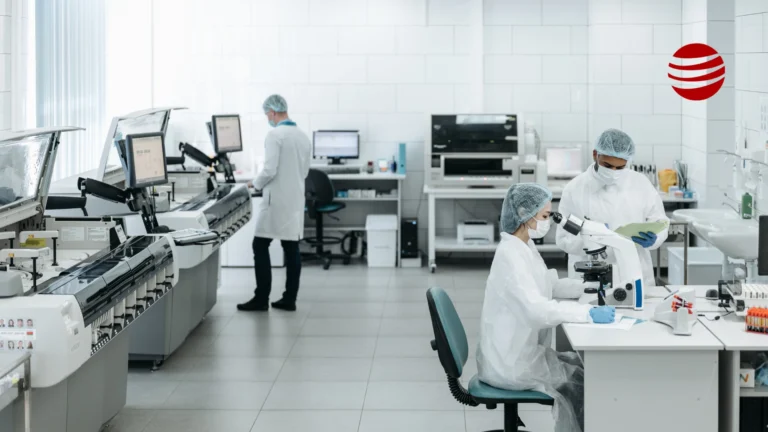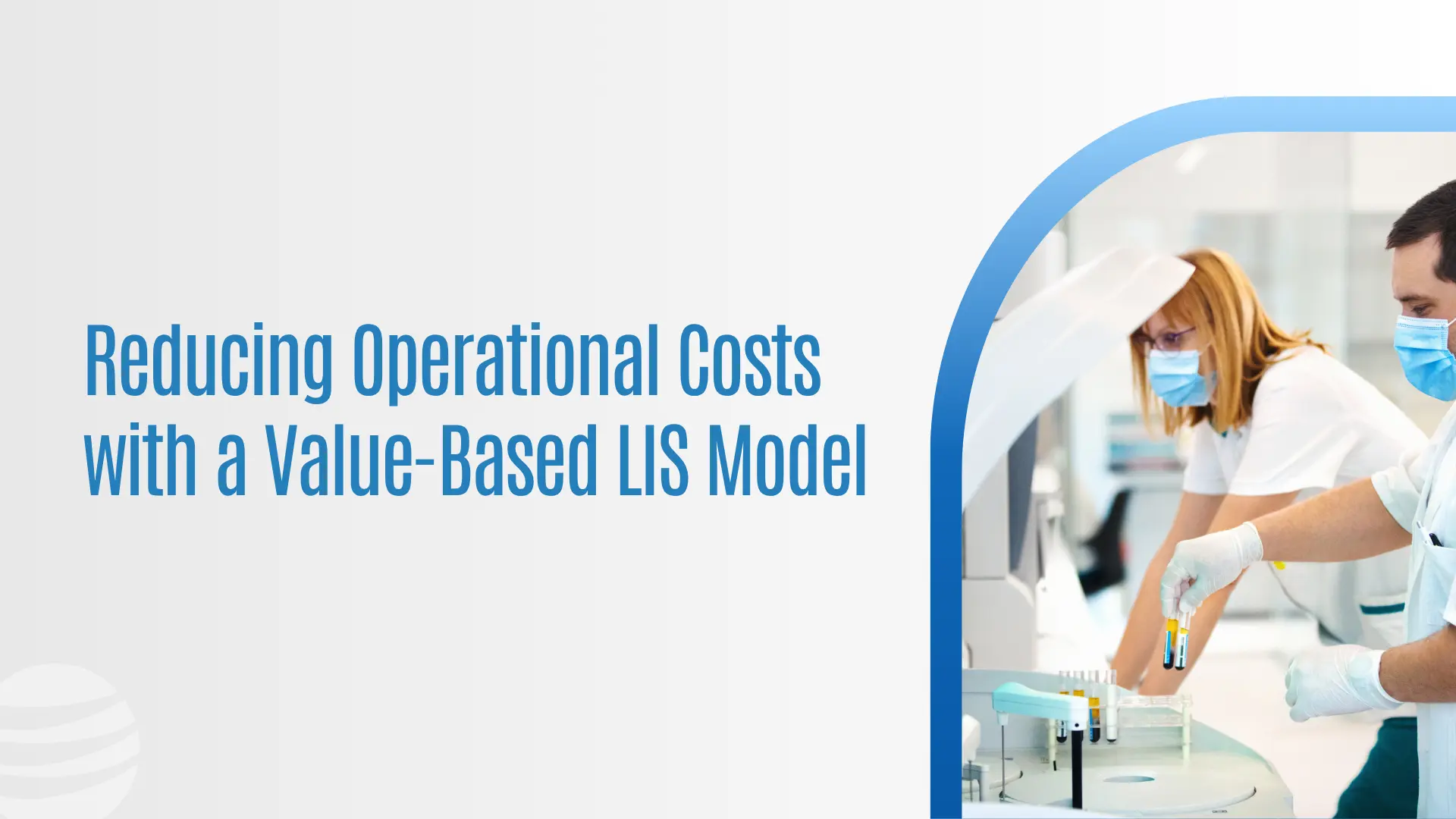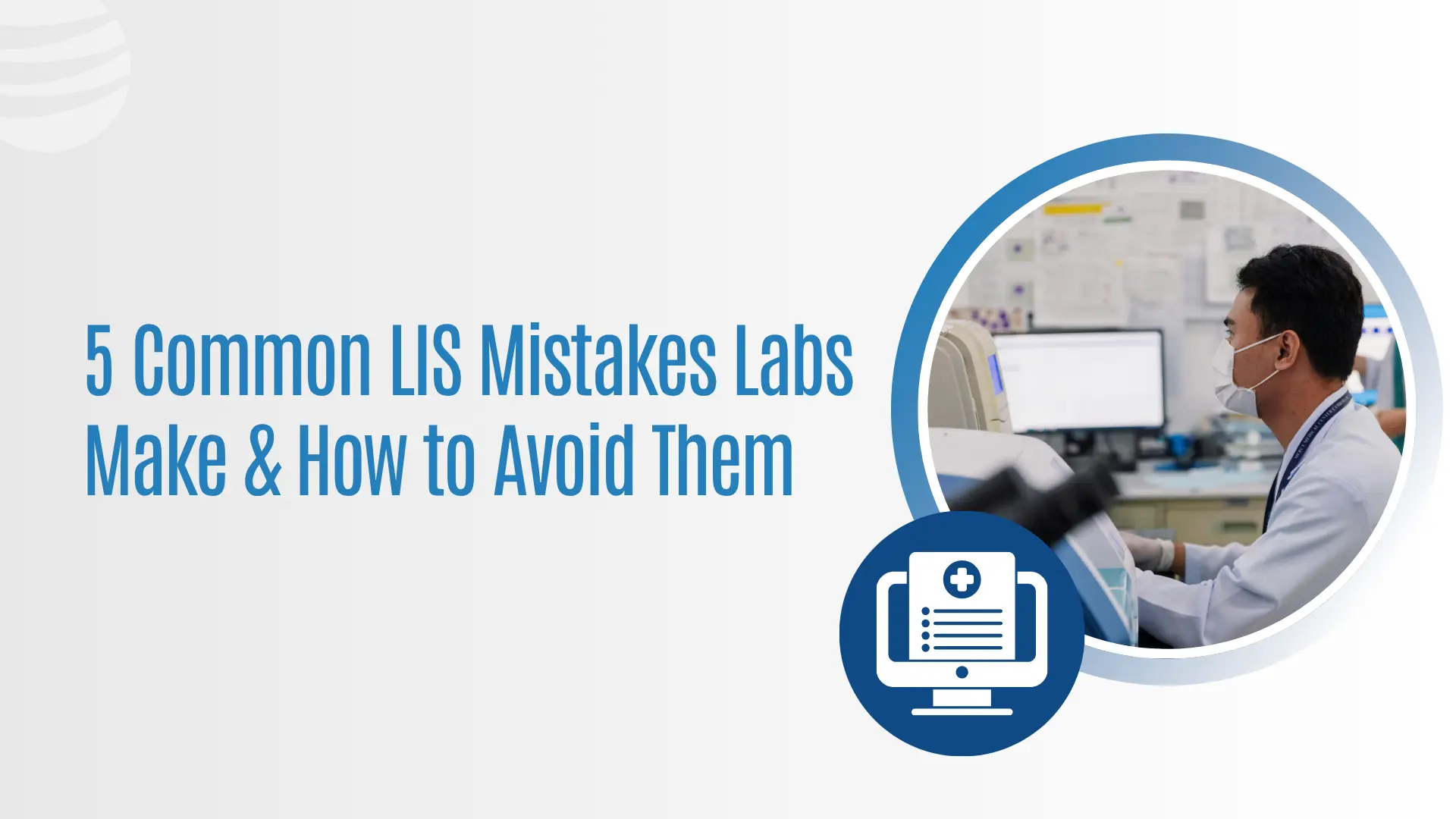
How Public Health Labs Use LIS to Respond to Outbreaks
How Public Health Labs Use LIS to Respond to Outbreaks Introduction: When Time Defines Outcomes In public health, every second counts. Whether it’s COVID-19, influenza,

Laboratory Information Management System (LIMS) and Electronic Laboratory Notebook (ELN) are two popular laboratory software solutions that can help laboratories manage their data, processes, and workflows. While both solutions offer similar functionalities, they differ in some important ways. In this article, we'll explore the differences between ELN and LIMS and help you decide which one is right for your lab.
A LIMS is a software system that helps laboratories manage their data, processes, and workflows. LIMS is designed to automate laboratory processes, such as sample tracking, data entry, report generation, and instrument management. LIMS provides a centralized database for laboratory data, making it easy to find, access, and analyze. LIMS also helps laboratories meet regulatory requirements, such as FDA's 21 CFR Part 11, by providing electronic signature and audit trail capabilities.
An Electronic Laboratory Notebook (ELN) is a software system that helps researchers record and manage their laboratory experiments and data electronically. ELN is designed to replace traditional paper-based laboratory notebooks and provides a digital platform for laboratory record-keeping. ELN allows researchers to record their observations, results, and conclusions in an electronic format, making it easy to organize and share their data with colleagues and collaborators.
The primary difference between ELN and LIMS is their functionality. LIMS is designed to manage laboratory data, processes, and workflows, while ELN is designed to manage laboratory experiments and data. LIMS automates laboratory processes and provides a centralized database for laboratory data, while ELN provides a digital platform for recording and managing laboratory experiments and data.

LIMS is typically used by laboratory managers and technicians, while ELN is used by researchers and scientists. LIMS is designed to improve laboratory efficiency and compliance, while ELN is designed to improve research productivity and collaboration.
LIMS provides a centralized database for laboratory data, making it easy to find, access, and analyze. LIMS tracks and manages laboratory data, ensuring that it is accurate and reliable. ELN provides a digital platform for laboratory record-keeping, allowing researchers to organize and share their data with colleagues and collaborators.
LIMS is designed to help laboratories meet regulatory requirements, such as FDA's 21 CFR Part 11, by providing electronic signature and audit trail capabilities. ELN is not typically used for compliance purposes, as it is designed to manage laboratory experiments and data.
LIMS is typically more expensive than ELN, as it requires more resources to implement and maintain. ELN is a simpler solution that can be implemented more quickly and at a lower cost.
The choice between ELN and LIMS depends on your laboratory's needs and priorities. If your laboratory needs to manage its data, processes, and workflows, then LIMS is likely the better choice. If your laboratory needs to manage laboratory experiments and data, then ELN is likely the better choice. Here are some questions to consider when choosing between ELN and LIMS:
1. What are your laboratory's primary needs and priorities?
2. Who are the primary users of the system?
3. What regulatory requirements must the system meet?
4. Your budget for implementing and maintaining the system?
5. What are the scalability and customization options for the system?

| Features | LIMS | ELN |
|---|---|---|
| Primary function | Laboratory management and data tracking | Electronic record keeping and experiment tracking |
| Data types | Structured and unstructured | Mostly unstructured |
| Data organization | Hierarchical | Non-hierarchical |
| Sample tracking | Highly configurable | Less configurable |
| Workflow automation | Strong workflow automation capabilities | Limited workflow automation |
| Integration with systems | Strong integration with other lab system | Limited integration with other lab system |
| Regulatory Compliance | Focuses on regulatory compliance | Compliance features vary |
| User roles and access | Offers a range of user roles and access level | Limited user roles and access level |
| Collaboration | Limited collaboration features | Strong collaboration features |
Note: These differences are generalizaions and may vary depending on the specific ELN and LIMS being compared.

How Public Health Labs Use LIS to Respond to Outbreaks Introduction: When Time Defines Outcomes In public health, every second counts. Whether it’s COVID-19, influenza,

Reducing Operational Costs with a Value-Based LIS Model Moving Beyond Transactional Software For many labs, software decisions have traditionally been made based on upfront costs

5 Common LIS Mistakes Labs Make and How to Avoid Them When the System That Should Save Time Creates Chaos A Laboratory Information System (LIS)
Prolis is a Laboratory Information System (LIS) for streamlining, automating, and improving lab processes. Our powerful LIS system helps you manage large-volume lab data while adhering to strict standards, helping to reduce manual operations and improve efficiency and turnaround times. Prolis lab software can help you maximize productivity, reduce errors and improve quality control.
© 2025 Prolis. All rights reserved.
Powered by American Soft. Solutions Corp.